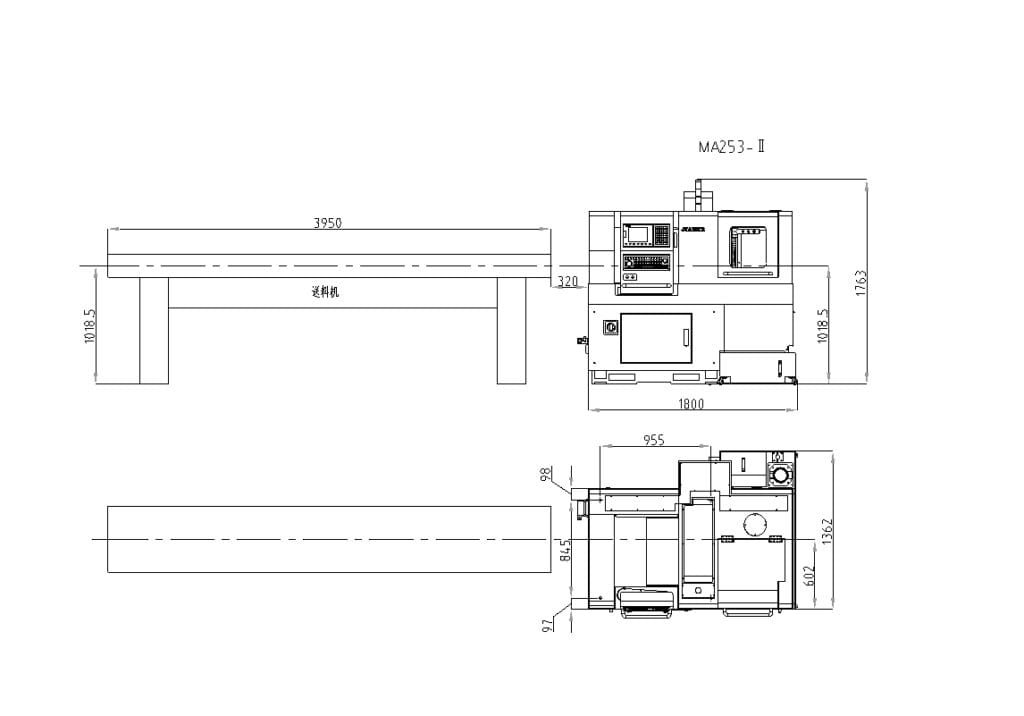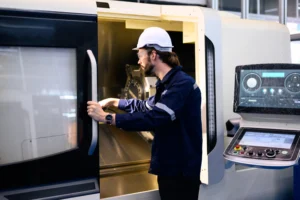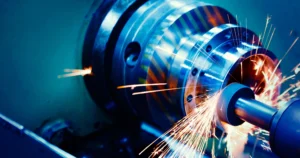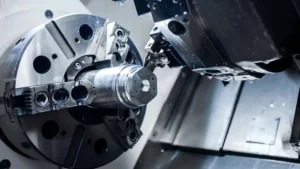Understanding centering machine and CNC lathe is essential to choosing the right equipment to optimize precision and efficiency. Centering machines excel at preparation tasks, while CNC lathe offer versatility and precision. Choosing the right tool depends on your production needs and goals.
What is a Centering Machine?
A Centering Machine, sometimes referred to as a Facing and Centering Machine, is a specialized piece of equipment designed to prepare the ends of cylindrical workpieces such as bars, tubes, and forgings. Its primary functions include facing, which creates a flat surface at the end of the workpiece, and centering, which establishes an accurate center point for subsequent machining processes. These machines are indispensable in industries like automotive and aerospace, where precision is paramount.
The operation typically involves clamping the workpiece securely using self-centering vises and performing machining on both ends simultaneously. This dual-end process not only saves time but also ensures consistency and accuracy. For instance, automotive manufacturers frequently use Centering Machines to prepare shafts or engine components before moving on to more advanced machining steps like threading or turning.
What is a CNC Lathe?
A CNC Lathe is a highly adaptable machine that rotates a workpiece along its axis while stationary cutting tools shape it by removing material. Controlled by Computer Numerical Control (CNC) systems, these machines are particularly effective for creating parts with rotational symmetry, such as gears, pipes, and shafts. The term “turning” describes the primary machining process carried out by CNC lathes.
Most CNC lathe operate on two axes (X and Z), but advanced models may include additional axes to perform more intricate operations like milling or tapping. These machines are widely used in industries such as aerospace, electronics, and medical manufacturing due to their precision and ability to produce repeatable results. For example, in the medical sector, CNC lathes are often employed to create detailed implants with extremely tight tolerances.
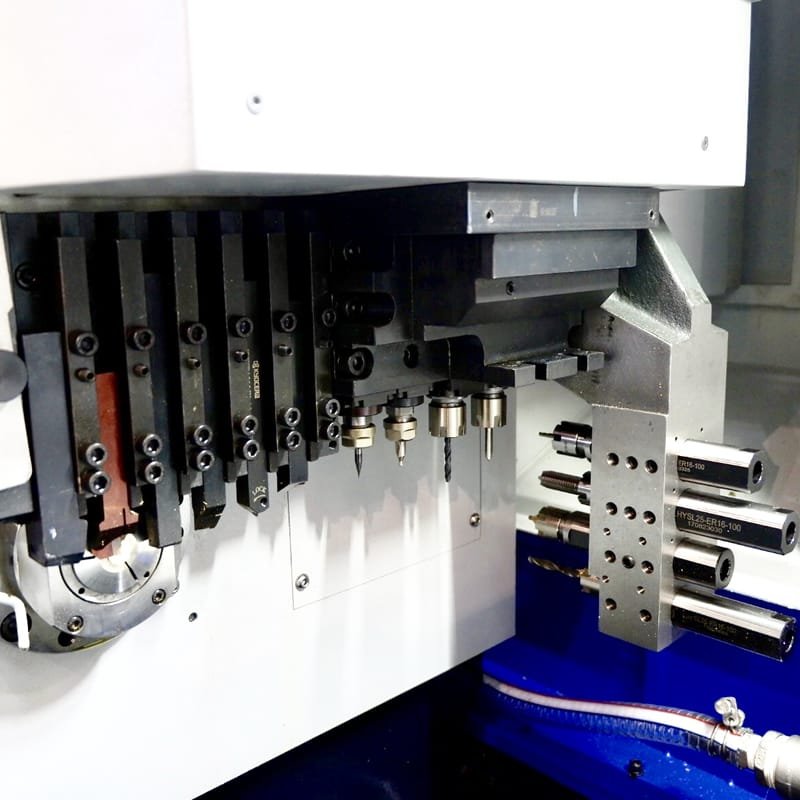
Structural and Design Differences
The design of Centering Machine is tailored for preparatory tasks. Key features include dual spindles that allow simultaneous machining of both ends of a workpiece, self-centering vises for secure clamping, and hydraulic feed systems for smooth operation. These elements are optimized for efficiency and alignment accuracy.
In contrast, CNC lathe are built for versatility. Their main components include a rotating spindle, a tool turret capable of holding multiple cutting tools, and CNC control panels for programming operations. Many modern CNC lathes also feature safety enclosures and slant-bed designs that facilitate efficient chip removal during machining.
Machining Capabilities and Applications
Centering Machine are designed for specific tasks like facing and centering. They are primarily used in the initial stages of manufacturing to ensure that workpieces are properly prepared for subsequent processes such as threading or turning. For example, they play a crucial role in the automotive industry by preparing drive shafts for further processing.
On the other hand, CNC lathes offer far greater flexibility. They can perform various operations such as turning, drilling, tapping, and even milling when equipped with additional attachments. This versatility makes them ideal for producing complex components like engine parts or intricate medical devices. Furthermore, CNC lathes can handle both small-batch prototyping and large-scale production runs with ease.
Automation and Operating Modes
Centering Machine are semi-automated tools that streamline preparatory operations in production lines. While they significantly reduce manual effort, their functionality is more limited compared to fully automated systems.
CNC Lathe take automation to the next level by utilizing programmable controls (G-code). Operators can either manually input commands or use CAD/CAM software to design tool paths. This advanced level of automation ensures precise machining with minimal human intervention, making CNC lathes well-suited for complex manufacturing environments.
Precision and Efficiency
Centering Machine excel at providing alignment accuracy during preparatory operations. By machining both ends simultaneously, they minimize errors while significantly improving cycle times.CNC Lathe deliver exceptional precision across a wide range of tasks. Their ability to execute intricate cuts with micrometer-level accuracy makes them indispensable in industries that demand high tolerances. For instance, aerospace manufacturers rely on CNC lathes to produce critical components like turbine blades with exact specifications.
Applications of Centering Machine and CNC Lathes
Both machines serve distinct purposes across various industries:
- Centering Machines: Commonly employed in automotive manufacturing for preparing shafts or splines before further machining steps. They are also used in aerospace applications for processing cylindrical parts like landing gear components.
- CNC Lathes: Widely utilized in sectors such as electronics (for connectors), medical (for implants), and general engineering (for custom parts). Their adaptability allows them to handle everything from one-off prototypes to high-volume production runs.
How to Choose the Right Equipment?
Deciding between a Centering Machine and a CNC Lathe depends on your specific production requirements:
- If your primary need is efficient preparation of cylindrical workpieces through facing or centering operations, a Centering Machine is the better option.
- For versatile machining tasks requiring precision across multiple axes—such as turning complex geometries or performing secondary operations—a CNC Lathe is more suitable.
For example, an automotive supplier might use Centering Machine to prepare shafts during initial stages but rely on CNC Lathes for finishing processes like contouring or threading. Factors such as production volume, part complexity, and budget should guide your decision when investing in either machine type.

